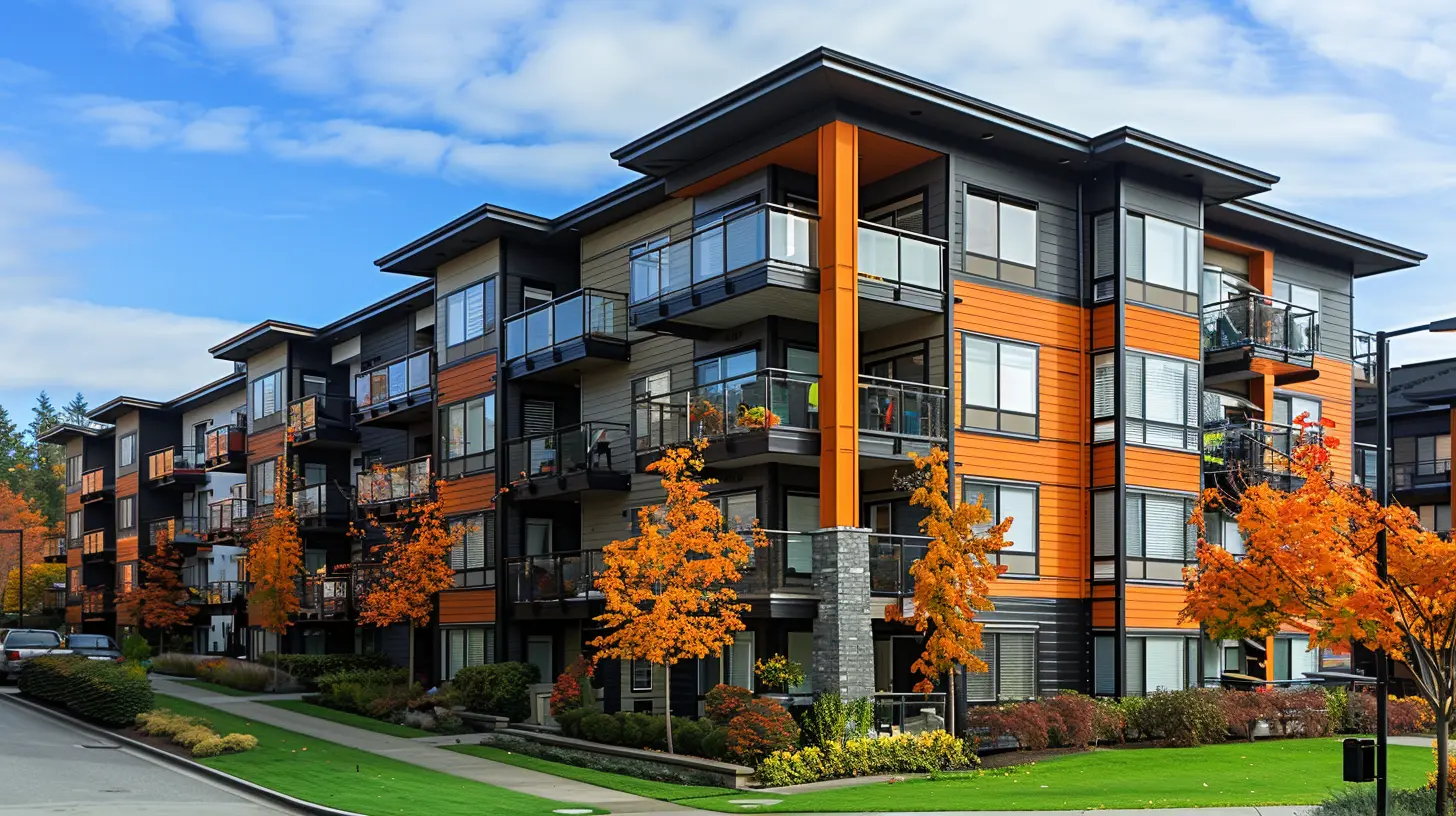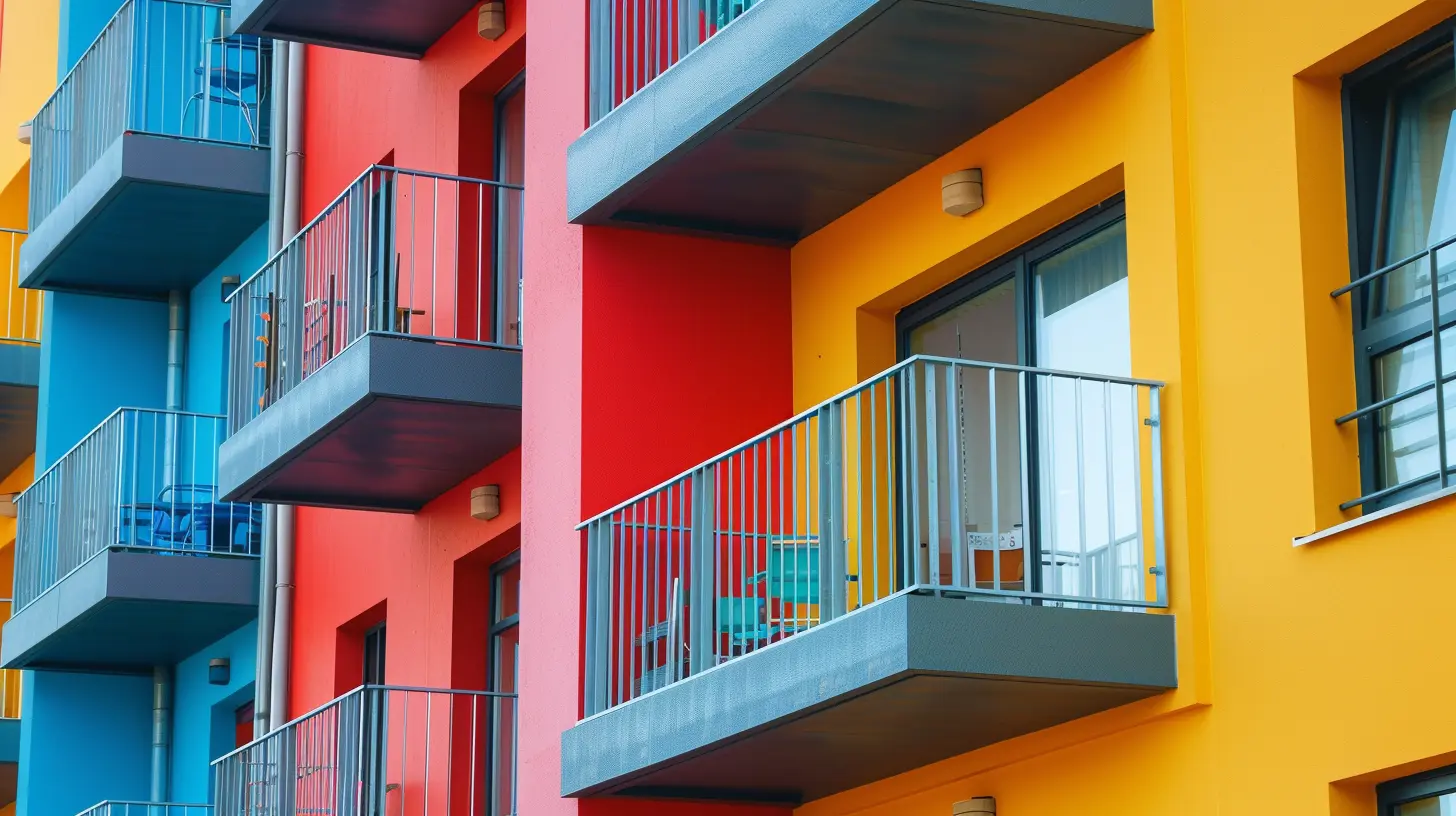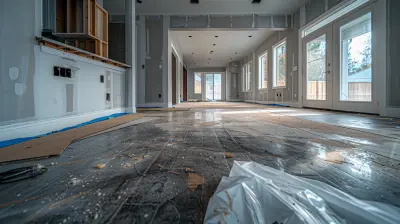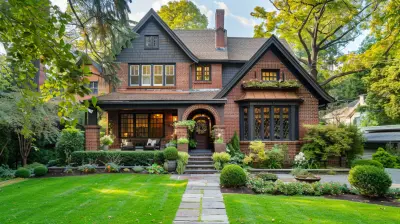How to Qualify for Affordable Housing Assistance
21 October 2025
Affordable housing assistance can be a game-changer for individuals and families struggling with high rent and financial stress. But let’s be honest—navigating the process can feel like trying to solve a puzzle with missing pieces. With long waitlists, endless paperwork, and strict eligibility criteria, it’s easy to feel overwhelmed.
But don’t worry! This guide breaks everything down in a way that actually makes sense. We’ll dive into what it takes to qualify, the different programs available, and tips to improve your chances of getting the help you need. 
What Is Affordable Housing Assistance?
Affordable housing assistance is a government-supported program designed to help low-income individuals and families afford safe and stable housing. Whether through rental subsidies, public housing, or housing vouchers, the goal is simple—making sure everyone has a place to call home without spending most of their income on rent.These programs are typically run by the U.S. Department of Housing and Urban Development (HUD) or local housing authorities. Depending on where you live, there may also be state or city-specific programs with additional support.
Let’s break it down step by step and see if you qualify. 
Who Qualifies for Affordable Housing Assistance?
Qualification depends on three main factors: income, household size, and citizenship status. Different programs have different rules, but they typically revolve around these key points.1. Income Limits
One of the biggest pieces of the puzzle is your income. HUD sets income limits based on your household size and the median income in your area. Generally, there are three income categories:- Extremely Low Income: 30% or less of the area median income (AMI)
- Very Low Income: 50% or less of the AMI
- Low Income: 80% or less of the AMI
For example, if the median income in your city is $60,000 and you earn less than $30,000 a year, you may qualify for assistance under the "very low-income" category. The specific numbers will vary from city to city, so check your local housing authority’s website for exact figures.
2. Household Size
Larger households often have higher income limits since more people are sharing the housing costs. A single person and a family of five won’t have the same income threshold.3. Citizenship or Immigration Status
To qualify, at least one person in your household must be a U.S. citizen or have eligible immigration status. If you’re not a citizen, you may still be able to get assistance, but immigration status requirements vary by program.
Types of Affordable Housing Assistance Programs
If you qualify based on income and other criteria, the next step is understanding which program fits your situation. Here are the most common options:1. Section 8 Housing Choice Vouchers
The Section 8 program is one of the most well-known housing assistance programs. It allows eligible individuals to rent from private landlords, with the government covering a portion of the rent.Here's how it works:
- You apply through your local Public Housing Agency (PHA).
- Once approved, you receive a voucher that helps pay part of your rent.
- You find a landlord who accepts Section 8.
- The government pays a portion of your rent directly to the landlord, and you pay the rest.
Because this program allows you to choose where you live, it offers more flexibility than public housing. However, the waitlists are long in most areas.
2. Public Housing
Public housing includes government-owned apartment complexes or homes designated for low-income families, seniors, and people with disabilities. Unlike Section 8, where you rent from a private landlord, public housing units are managed by local housing authorities.Pros of public housing:
✅ Rent is based on your income (typically 30% of your household’s earnings).
✅ Utilities may be included.
✅ More predictable housing options than private rentals.
Cons:
❌ Limited availability due to high demand.
❌ Some public housing buildings may not be in ideal locations.
3. Low-Income Housing Tax Credit (LIHTC) Properties
LIHTC properties are apartment complexes where landlords receive tax credits for offering affordable rent to low-income tenants.Unlike Section 8, these properties don’t provide direct rent subsidies. Instead, they cap rents at affordable levels based on income limits. If you're looking for a more immediate option without waiting for a voucher, LIHTC apartments could be a great choice.
4. USDA Rural Housing Assistance
If you live in a rural area, the U.S. Department of Agriculture (USDA) offers housing assistance through rental subsidies and low-cost loans. This program is designed for low-income households in less populated regions, where affordable housing options might be limited.
How to Apply for Affordable Housing Assistance
Applying for housing assistance takes time, patience, and paperwork. Here’s a step-by-step breakdown to make things easier:Step 1: Find Your Local Housing Authority
Your local Public Housing Agency (PHA) handles most housing programs. You can search for your nearest PHA here: HUD’s PHA List.Step 2: Check Your Eligibility
Before applying, check your local income limits and program requirements. You can find these details on the HUD website or your local housing authority’s page.Step 3: Gather the Necessary Documents
You'll typically need:- Proof of income (pay stubs, tax returns, or Social Security benefits)
- Identification (driver’s license, birth certificate, or social security card)
- Proof of citizenship or immigration status
- Rental history and references
Step 4: Submit Your Application
Depending on the program, you may be able to apply online, in person, or by mail. Some areas have separate applications for Section 8 and public housing, so check carefully.Step 5: Wait for Approval
Be prepared for long waitlists—sometimes several years! If your situation is urgent, check if emergency housing assistance is available.Step 6: Stay Updated on Your Application
Housing authorities prioritize applicants based on need, so if your circumstances change (job loss, medical emergency, eviction, etc.), update your application ASAP.Tips to Improve Your Chances of Getting Assistance
Getting approved can take time, but here are some strategies to improve your chances:✅ Apply for multiple programs – Don’t rely on just one! Apply for Section 8, public housing, and LIHTC properties to improve your odds.
✅ Follow up often – Call or email your housing authority to check on your application status. Persistence matters.
✅ Look for alternative assistance – Nonprofits and local charities sometimes provide temporary rental help while you wait.
✅ Stay flexible – If possible, consider moving to areas with shorter waitlists. Some cities and rural areas have faster processing times.
Final Thoughts
Affordable housing assistance can make a huge difference for individuals and families struggling with rent. While the process may not always be fast or easy, knowing where to start and how to apply puts you ahead of the game.If you think you qualify, don't wait—start your application today! The sooner you begin, the sooner you’ll be on the path to finding secure and affordable housing.
all images in this post were generated using AI tools
Category:
Affordable HousingAuthor:

Vincent Clayton
Discussion
rate this article
1 comments
Cynthia McMahon
Thank you for this valuable guidance and support!
October 27, 2025 at 3:54 AM

Vincent Clayton
You're very welcome! I'm glad you found it helpful.


